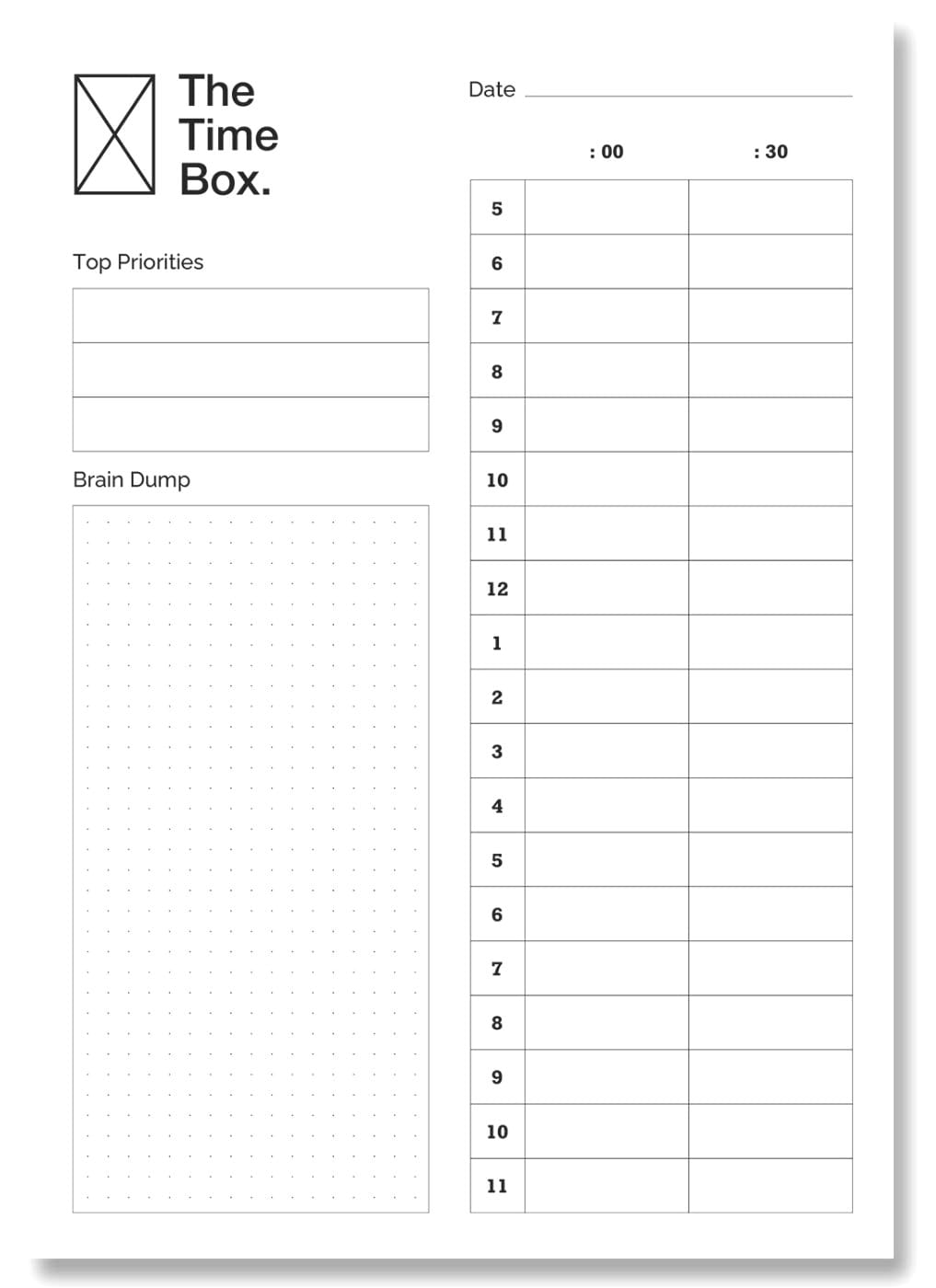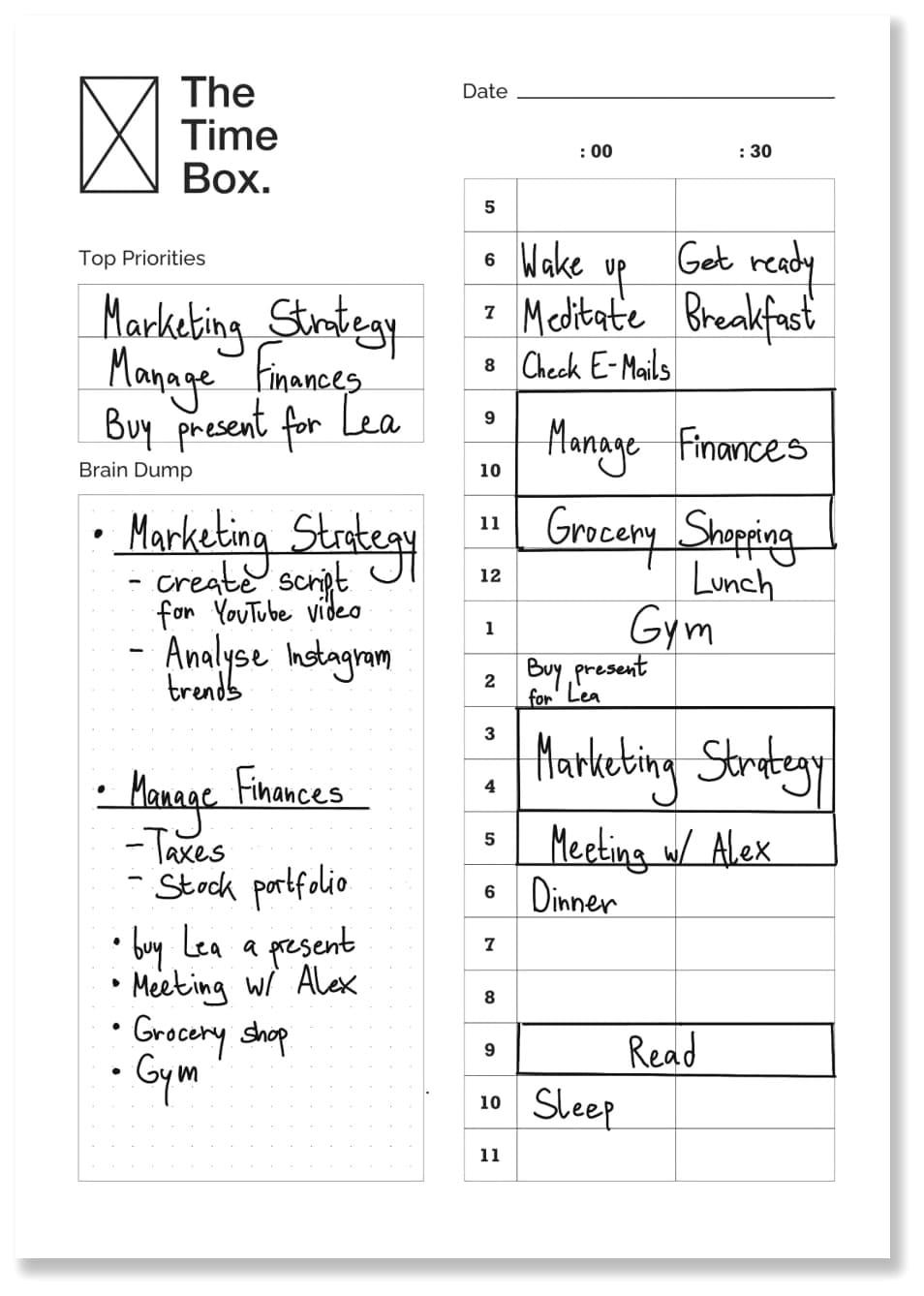Harvard Timeboxing

Timeboxing is a fundamental time management strategy that involves setting aside a predetermined amount of time for an activity and completing it within that designated time frame. Once the allocated time elapses, you assess your progress toward the predefined objectives and cease work on the task. James Martin, the author of the book Rapid Application Development, initially introduced this concept as part of agile software development.
El timeboxing es una estrategia fundamental de gestión del tiempo que implica reservar una cantidad predeterminada de tiempo para una actividad y completarla dentro de ese marco de tiempo designado. Una vez que el tiempo asignado ha transcurrido, evalúas tu progreso hacia los objetivos predefinidos y cesas el trabajo en la tarea. James Martin, autor del libro Desarrollo Rápido de Aplicaciones, introdujo inicialmente este concepto como parte del desarrollo ágil de software.
Timeboxing to podstawowa strategia zarządzania czasem, która polega na przeznaczeniu określonej ilości czasu na wykonanie ustalonej czynności i zakończeniu jej w ramach wyznaczonego przedziału czasowego. Po upływie tego przydzielonego czasu oceniasz swój postęp pod kątem z góry określonych celów i przerywasz pracę nad zadaniem. James Martin, autor książki Rapid Application Development, początkowo wprowadził ten koncept jako część zwinnej metodologii tworzenia oprogramowania.







